Broccoli Field:
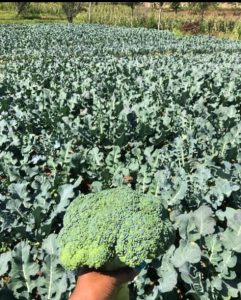
Photo: Broccoli flower harvested ready for consumption. Potential vegetable production has been a new source of income to Push and Pull farmers in Sunga and Mbaru wards following several training they have been given by Ms. Oliver as part of the farmers training.
-
- The image showcases a vast broccoli field with mature broccoli crowns ready for harvest.
- Broccoli prefers cool weather and well-drained, fertile soils. It’s important to ensure that the soil remains moist but not waterlogged.
- Broccoli plants require a full sun location and benefit from regular fertilization. When mature, the central head or crown is harvested first, followed sometimes by smaller side shoots.
Zucchini:

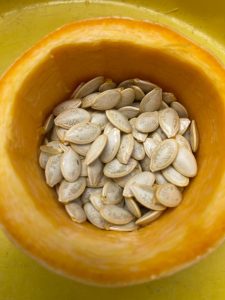
Photo: Zucchini seed production has been part of organic seeds production program to encourage farmers to produce their own seed, here is the first generation seed by Ms. Oliver on a demonstration plot.
-
-
- The image depicts a Zucchini, which belongs to the summer Zucchini family. These crop have soft, thin skin that is edible.
- Zucchini plants prefer warm weather and grow best in well-draining soil that’s rich in organic matter.
- They require ample sunlight and regular watering, especially when the plant is setting fruit. Zucchini are typically harvested when they are young and tender for the best flavor and texture.
-
Corn Field:
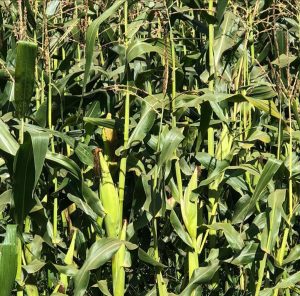
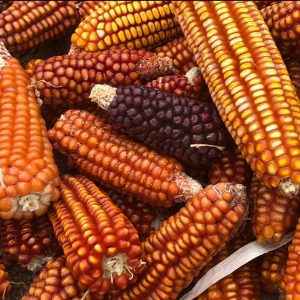
Photo: Usambara Mountains local maize variety know as SHEE under the local seed development project
-
-
-
- This image shows a cornfield with ears of corn still on the stalk, nearing the time of harvest.
- Corn is a warm-weather crop and requires a location with full sunlight. Soil should be well-draining and rich in nutrients.
- The plant has tall, grass-like green leaves and produces ears covered in silks. Once the silks turn brown and the kernels are plump and juicy (a milky substance comes out when pressed), the corn is ready for harvest.
- Corn is a heavy feeder, meaning it requires a good amount of fertilization. It also benefits from consistent moisture, especially during the pollination period.
-
-
Chinese cabbages:
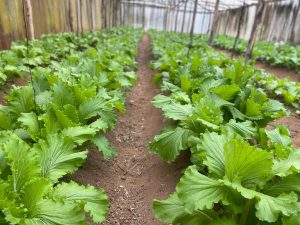
Photo: Chinese cabbages produced using organic farming practices
-
- The image displays a vibrant Chinese cabbages plantation inside a greenhouse. The controlled environment in greenhouses provides optimal conditions for the growth of lettuce by regulating temperature, humidity, and light.
- Chinese cabbages thrives in cooler weather and prefers well-drained, loamy soil rich in organic matter.
- Regular watering is essential for lettuce as it helps to produce tender leaves. It’s crucial to ensure that the soil remains consistently moist but not soggy.
- The plants are spaced adequately to allow room for growth and to ensure proper air circulation.
Green Bell Peppers:
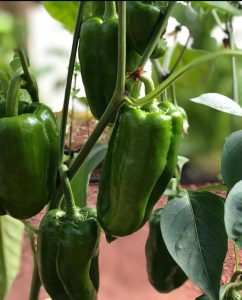
Photo: Vegetable production using organic practices
-
- This image showcases green bell peppers growing in a garden or controlled environment. The peppers hang from the branches and are nearing maturity, indicated by their size and deep green hue.
- Bell peppers prefer warm, sunny conditions and well-draining soil. They benefit from regular watering, especially during flowering and fruit setting stages.
- A support system, like staking or caging, can help keep the plants upright as they bear the weight of the developing fruits.

